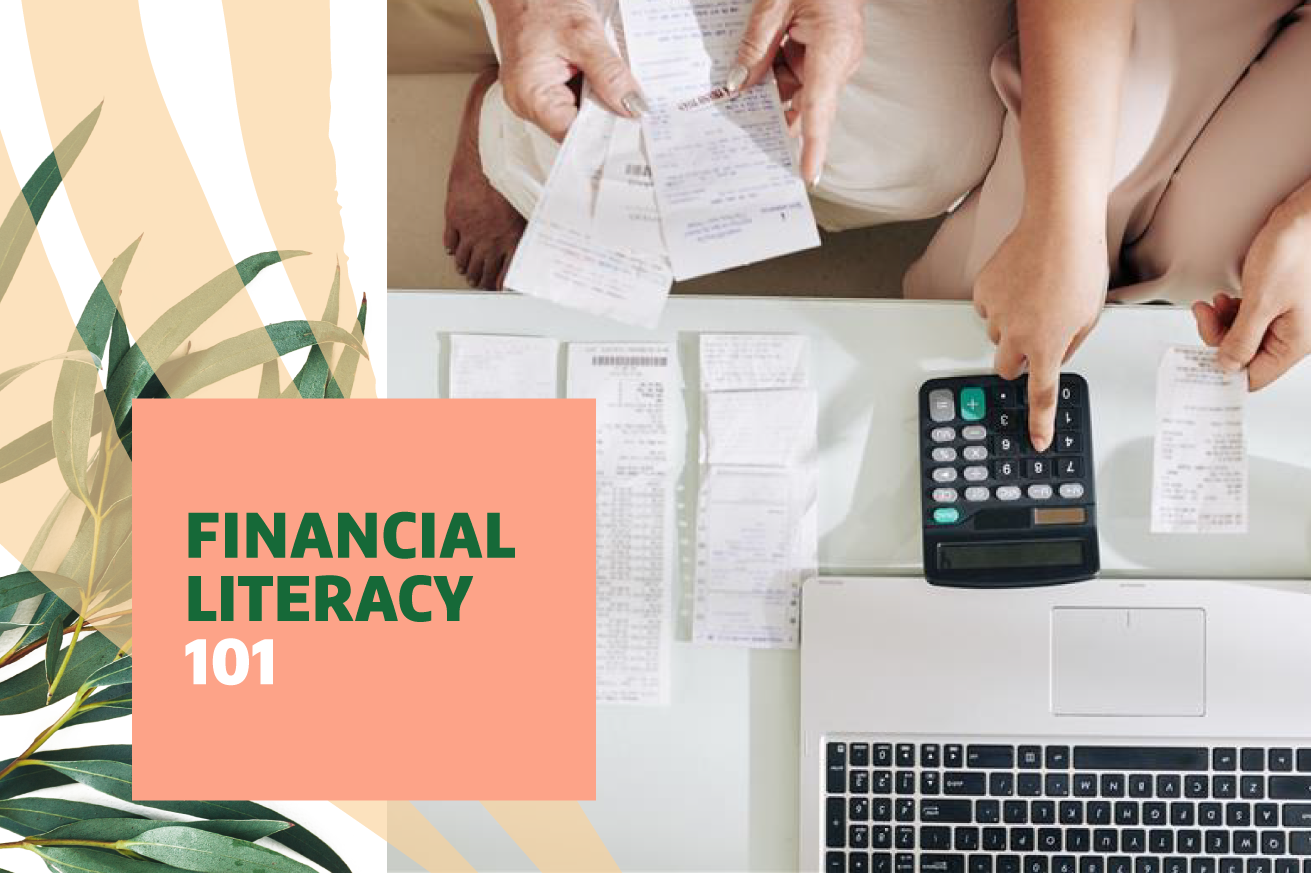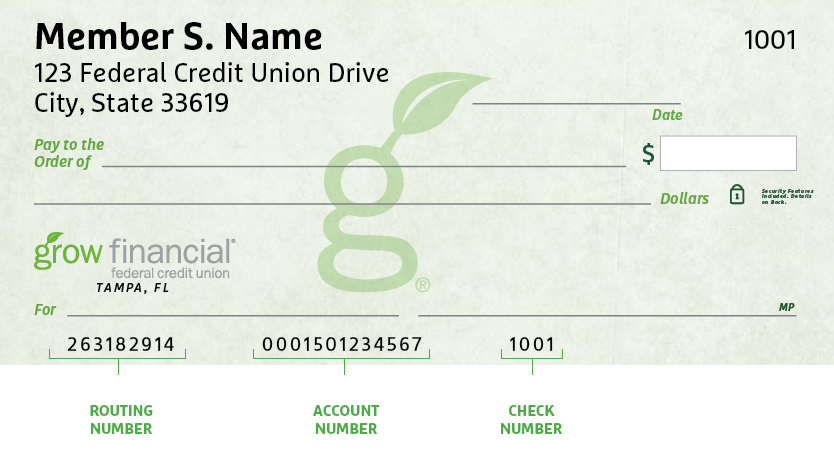- Personal
- Membership
- Membership
- Rates & Fees
- Checking
- Checking
- Personal Loans
- Personal Loans
- Wealth Management
- Investment Services
- Financial Advisors
- Resource Center
- Business

November 26, 2025
How To Build Financial Literacy
Financial literacy is now more important than ever. Understanding topics like debt management, emergency funds, budgeting, retirement and investing is vital for building financial stability and wellness. And yet, according to the TIAA Institute, financial literacy remains stagnant in the US.1
With so much information out there and so much to learn, it can feel overwhelming knowing where to start. As we close out 2025, here are some tips for building a strong foundation of financial knowledge.
Start with your basics
Many factors go into personal finance, but you don’t have to tackle everything all at once. Start by learning and implementing the following basics.
Budgeting and saving
- Track your income and expenses: Before you do anything else, you need to know how much money you earn and where it’s going. Write down your income, your fixed expenses (housing, car payments, etc.) and your variable expenses (everything else). You can track your money manually or use a budgeting app — the important thing is to get a bird’s-eye view of your cash flow.
- Build a budget: Now that you know how much money you make and spend, you can identify which expenses you can cut back on, how much you can save and which budgeting method you want to use. There are many methods and styles out there, but once you find one that works for you, it’ll help you save more, spend smarter and reduce financial stress. Read more about budgets here.
- Start saving. Most professionals recommend growing an emergency fund that covers three to six months of expenses. Each month (or each paycheck), set aside an amount you’re comfortable with. Even if you can only save a little, it’ll add up over time — remember, consistency is a powerful tool. And if you’re saving up for a specific purpose, consider the benefits of our Club Account to help you reach your goals.
Credit and debt
- Understand your credit: A credit score is a prediction of your credit behavior based on information from your credit reports. Having good credit can help you get approved for loans, receive lower interest rates and earn more spending power. Bad credit can harm your chances of getting approved or leave you with less-than-ideal interest rates. Learn more about how to build good credit here.
Need a card that can help you build credit? We’ve got you. Check out our Grow Visa® Preferred Secured Card.
- Take stock of your loans: Did you know that a credit card is a loan? A lot of people don’t think of it that way, but a credit card is the most common type of loan people have. Other types include mortgages, car loans, student loans and more. Map out all your loans and interest rates, then make a plan to start paying them down.
- Manage your debt: Paying off debt can feel very overwhelming. Don’t worry, you’re not alone in this. According to an Achieve survey, 35% of Americans face difficulty making on-time payments on their debts.2 The key is to take it one step at a time. You can explore different strategies, like the avalanche or snowball method, and then implement one that works for you. You’ve got this!
Retirement and investing
- Get started on retirement: The earlier you start planning for retirement, the better. Compound interest works wonders when given enough time. There are several ways to go about shoring up funds for retirement, the most common being your employer’s 401(k). A 401(k) makes it easy to set aside a little something for your future. Another great option is an IRA (Individual Retirement Account), which offers advantageous tax benefits. You can start an IRA by yourself at any time.
- Study investing: Capital gains. Derivatives. ETFs. The investing world has a lot of jargon that can make it intimidating for a beginner to get started. But once you understand the basic principles of investing, you can gain the confidence you need to determine your own risk tolerance and choose what types of investments (if any) are right for you. Investing, when used wisely, can be a smart way to build wealth — although the stock market can never guarantee returns, of course.
Once you’ve tackled the basics of financial literacy, you can start thinking bigger. But these are vital first steps for building a smart foundation and setting yourself up for a successful future.
1Accounts are subject to approval.
2American Debt Survey. Achieve. Published August 4, 2025. Accessed November 11, 2025.
Posted In:
Lost or Stolen Card?
We’re here to help. If your card has been misplaced or stolen, we’ll act quickly to protect your account. You can report a missing card in the following ways:
Online and Mobile Banking
Log in and follow these three easy steps:
- From the menu, select Tools
- Select Card Manager
- Report your card as Lost or Stolen*
By phone or at a Grow store
Call 800.839.6328 to speak to a team member or let us know in person at any Grow store.Notice: Taking these steps will immediately cancel your card to prevent unauthorized transactions. If you find your card later after reporting it lost or stolen, it cannot be reactivated.
*The selected card will be canceled and removed from Manage Cards when it is reported as lost. Once your new card has been issued, it will be available in Manage Cards. The replacement card will have a new card number. Your replacement card will be sent to the mailing address on your account, and you should receive it within 7 to 10 business days.
How to Find Your Routing & Account Numbers
When you make a payment online, by phone or on a mobile device, you may be asked for our routing number and your checking account number. Credit unions and banks use these numbers to identify accounts and make sure money gets where it’s supposed to be. You’ll also need to provide your routing and checking account numbers for:
- Direct deposits
- Electronic checks
- Military allotments
- Wire transfers
Where to Find Your Routing & Checking Account Numbers
Your personal checks include both our routing number and your account number, as shown on the Grow check example below.

Where to Find Your Checking Account Number in Grow Online and Mobile Banking
If you don’t have a physical check on hand, you can also locate your Checking Account Number for Electronic Transactions in Grow Online and Mobile Banking.*
Here’s how to find it:
- In the Grow Mobile Banking app, select your checking account, then tap Show Details in the top right corner.
- In Grow Online Banking, select your checking account, then click Account Details.
Don’t have a Grow check or Online Banking? No worries.
Visit any Grow store or call us and ask for a Direct Deposit Form. It lists both your routing number and checking account number.
Making a Loan Payment
When it comes to making payments, we try to make it as painless as possible to pay your loan every month. We have several different ways to pay, including convenient online options.
Pay Online
You have two ways to pay online by transferring funds from another bank or credit union.
- Grow Online Banking (Preferred payment method for any loan)
This is the simplest way to pay your loan. You can make one-time payments or set up automatic recurring payments in Grow Online Banking. Once you log in, select “Transfer/Payments” from the menu. If you’re not enrolled in Grow Online Banking yet, you can set up your account in just a few minutes.
Log In
- Debit Card or ACH (Available for auto, personal loans and HELOCs)
Note: ACH and debit card payments are not available for credit cards or most mortgages, except HELOCs.
We accept ACH payments with no additional fees, consumer Mastercard® and Visa® debit cards with a convenience fee of $4.95, or commercial Mastercard® and Visa® debit cards with a convenience fee of 2.95% of the payment amount. To get started with an online ACH or debit card payment, select Pay Now below.
Pay Now
Pay by Mail
You can also pay any Grow loan by check through the mail. Please remember to include your account number and Grow loan number on the check. (For credit card payments, please do not write your 16-digit credit card number on the check, which can cause a delay in processing the payment.)
Address for auto, credit card, personal loan and HELOC payments:
Grow Financial Federal Credit Union
P.O. Box 75466
Chicago, IL 60675-5466Address for personal first or second mortgages and home equity payments:
Grow Financial Federal Credit Union
P.O. Box 11733
Newark, NJ 07101-4733You Are About To Leave GrowFinancial.org
At certain places on this site, there are links to other websites. Grow Financial Federal Credit Union does not endorse, approve, represent, certify or control those external sites. The credit union does not guarantee the accuracy, completeness, efficacy, timeliness or accurate sequencing of the information contained on them. You will not be represented by Grow Financial Federal Credit Union if you enter into a transaction. Privacy and security policies may differ from those practiced by the credit union. Click CONTINUE if you wish to proceed.
